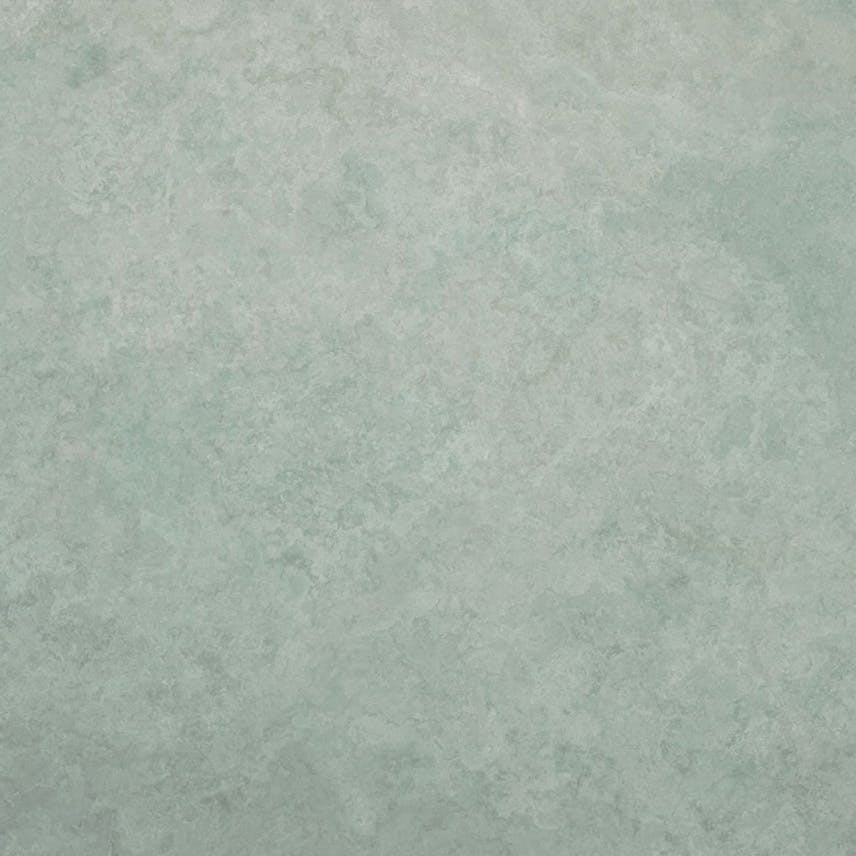Laser-assisted mole removal is a procedure that uses a laser to remove unwanted moles, including those with brown spots.
Why Lasers Are Used For Laser Mole and Brown Spot Removal?
CO2 lasers are often used to remove moles, including those with brown spots. The laser energy targets the mole tissue and breaks it down, effectively removing the mole. CO2 lasers can be either Erbium or Ultrapulse and are generally considered effective at removing moles with minimal pain and downtime. CO2 lasers are essential in many industries and applications, including medicine. Their versatility and power make them one of the most popular lasers. In medicine, CO2 lasers are used for various procedures, from laser surgery to tattoo removal, and are particularly effective at removing moles with brown spots.
CO2 lasers emit light at a wavelength of 10.6 microns, which is invisible to the human eye. When this light is focused on a tiny spot, it can generate a considerable amount of power that can be used to cut or engrave materials or even to vaporize tissue. CO2 lasers are powered by electricity and typically use a gas mixture of CO2, nitrogen, and helium. The gas is excited by the electric current, which causes it to emit light. This light is passed through a series of mirrors and lenses, focusing it into a tiny beam that can precisely target the mole tissue, including any brown spots.





